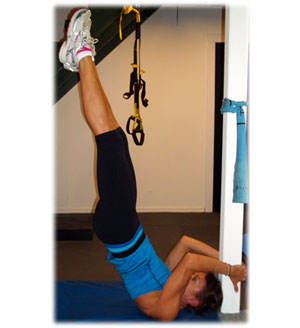Benefits of Personal Training
America is in a health crisis. This is not an overstatement. Heart disease, high blood pressure, obesity, type II diabetes and osteoporosis are all on the rise. This is in large part due to lifestyle choices. The risk of these ailments can be reduced or prevented with exercise and proper nutrition. Many people with high blood pressure and type II diabetes can reduce or eliminate their medication through lifestyle change.
With exercise and proper nutrition you can get a new lease on life and in time achieve optimum fitness.
Optimum fitness is defined as a balance of cardiovascular endurance, flexibility, muscular strength and healthy body composition.
Cardiovascular endurance is the ability of the heart, lungs and blood vessels to deliver an adequate supply of oxygen to working muscles for an extended period of time. Cardiovascular endurance increases the efficiency of the heart by increasing stroke volume and decreasing your resting heart rate, which makes your heart work less over a lifetime. It also improves vascular health and decreases blood pressure.
Muscular strength and endurance refers to the amount of force exerted in a single contraction and how many times the muscle can contract without tiring. In a practical sense, strength can also be defined as how efficiently the muscles of the body work together as a team. Muscles support the skeletal structure and facilitate movement. Resistance training gives us muscular balance in our arms, legs, and especially our core (torso). All power moves through our core. A strong core keeps our back healthy and promotes normal erect posture. Resistance training also increases bone density. Even in the elderly it can stop or slow bone density loss, which lowers the risk of osteoporosis.
Flexibility refers to the range of motion that can be achieved at a given joint (knee, hip, shoulder, etc.). Flexibility is often overlooked and neglected by many people, but it is very important for maintaining proper posture and fluid body movement. Flexibility training also keeps the actual joint healthy and lubricated.
Healthy body composition is also known as ideal body weight. It is the proper ratio of lean mass (muscle, bone, organs) to body fat. Healthy body composition is best achieved through a combination of diet and exercise. Excess body fat, especially belly fat, contributes to heart disease, high blood pressure and diabetes.


